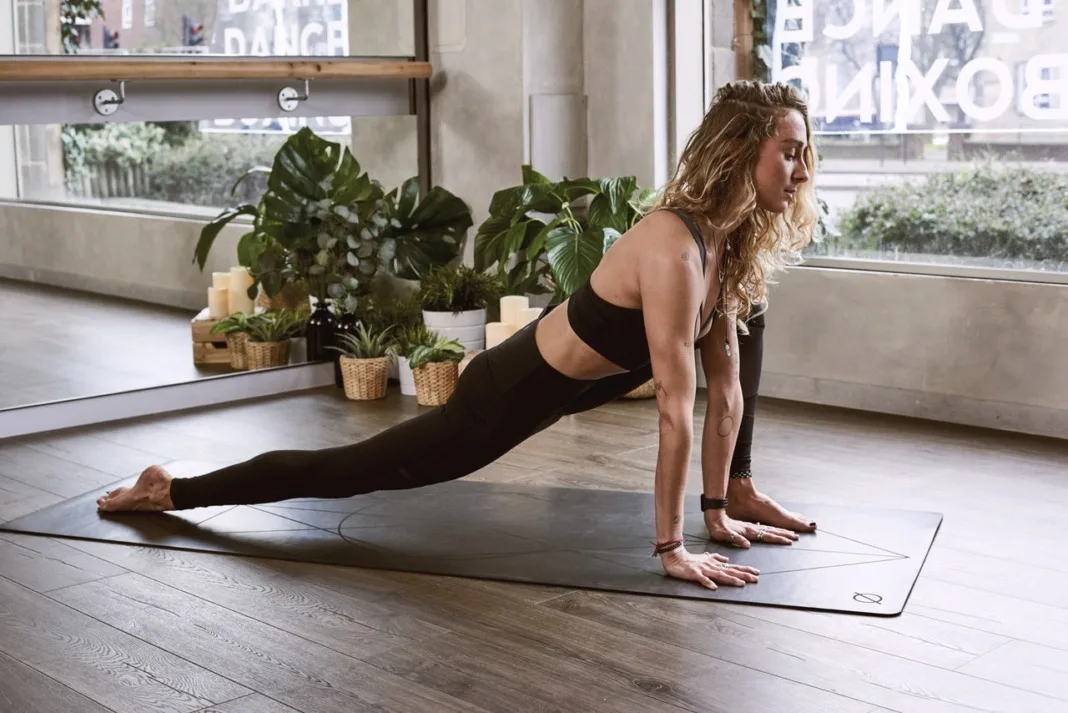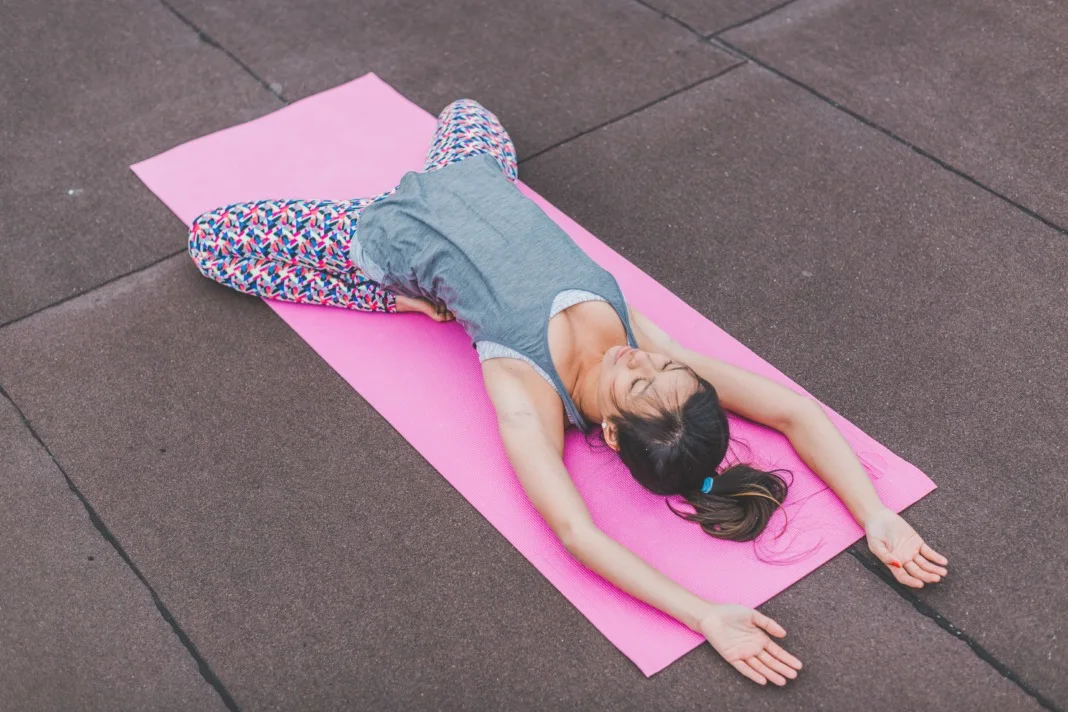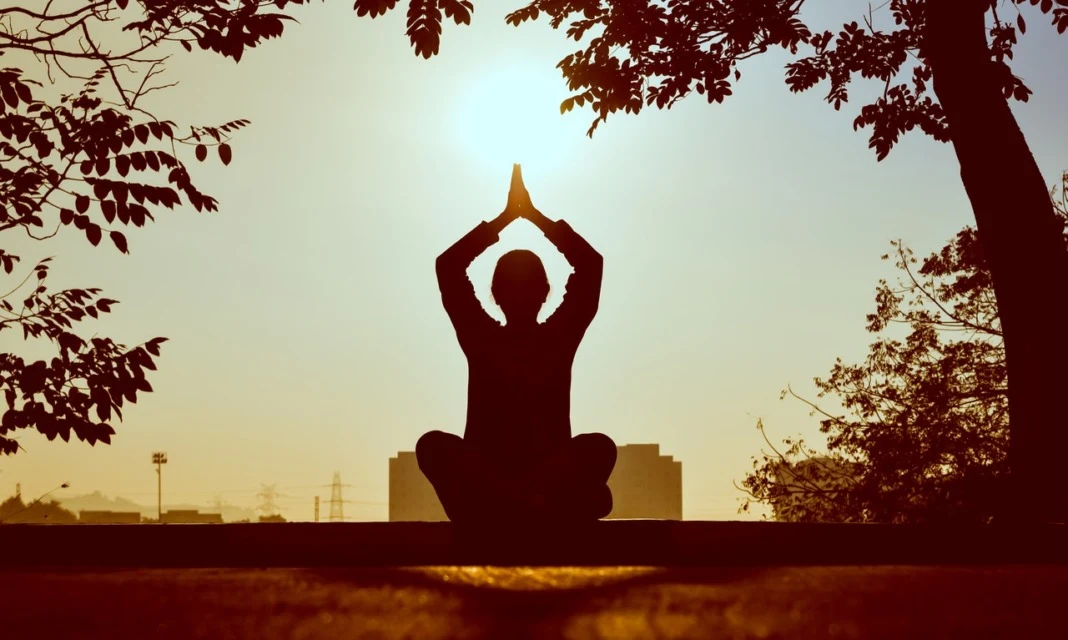Yoga and chiropractic have a “symbiotic relationship.” While yoga has plenty of health benefits, chiropractic can be a safety net for ensuring that poses are based on proper alignment and with maximum mobility.
Chiropractic uses gentle force and adjustments to restore proper position and motion, as well as relieve pain and improve mobility. Often it’s used for back pain, neck pain, arthritis, etc., but yoga instructors and practitioners can absolutely benefit from it.
Common issues in yogis’ bodies
According to a study from 2009, the most serious yoga-related injuries focused on the lower back, but also included the shoulder, knee and neck. We’ll take a look at how yoga can potentially create issues in these areas. Generally speaking, these areas are most commonly injured by overstretching, muscle damage and torn cartilage. This usually happens when a yogi is overeager to perform well.
Lower back
The lower back is by far the most common problem area for yogis. Many poses, including downward dog, extended-side-angle pose, shoulder stand, and headstand require strong lumbar muscles and core power. Without this strength, yogis put undue stress on their lower backs to achieve the lift they need to complete the pose.
In addition to strength, a common issue for the lower back is the position. Many of these positions require perfect alignment. For example, downward dog, when done without the knees exactly aligned with the shoulders, can cause back pain. Yogis will feel lower back pain because of poses that aren’t precisely positioned.

Shoulder
Another common issue is the shoulders. Because yoga enhances flexibility, sometimes overstretching or overstraining can cause pain. Specifically, this may happen in poses such as cobra pose, shoulder stand, triangle pose, and seated twist pose. In these poses, the mobility of the shoulders is being tested. Sometimes, eager yogis can overstretch these poses, causing harm in the shoulders. Knowing how far your shoulders can stretch is important to preventing injury.
In addition, if you find yourself trying to stretch the pose even deeper, but it’s painful or difficult, you might have physical weaknesses that need to be addressed or perhaps “restricted” movements that a chiropractor can help release.
Knee
Knees can also be tricky when it comes to yoga. Many poses, including pigeon pose, child’s pose, camel pose, hero pose, twisted triangle, and lotus pose put pressure on your knees. It’s vital that you do these poses with exact alignment and that you don’t “pound” the joints by placing too much weight or pressure. Alignment, especially when transitioning between poses, can be tricky as you move. In addition, be sure you’re not excessively straining your knees by placing your weight in an unbalanced way. You shouldn’t be bearing the weight of these poses entirely in your knees, for example. (If you’re looking for good poses for knees, check out a few here.)

Neck
Finally, your neck is another common issue for yogis. Poses such as cobra pose, shoulder stand, wheel or upward bow, mountain pose to forward bend and seated twist pose require great neck flexibility. Generally speaking, the neck normally stretches 75 degrees, but a yogi may stretch the 90 degrees during a class. To avoid injury, it’s extremely important to build flexibility over time and ensure that mobility in the neck muscles is completely maximized.
What Yoga Teachers and Practitioners Should Focus on While at the Chiropractor
When yoga instructors and practitioners go to the chiropractor, it’s important that you talk about any injuries or problem areas that you’re experiencing. From there, a chiropractor will look to adjust so that mobility and position are restored.
In addition, a chiropractor will also take a look at the “big four” of yoga injuries – lower back, shoulder, knee, and neck – to make sure that there aren’t any “restricted” movements or physical weaknesses to address. He/she may also ask to see poses in motion to check for any unhealthy movement patterns and to confirm that alignment is being maximized.
Overall, yogis can expect that chiropractic can help in the following ways:
#1 Chiropractic can make yoga poses “stick”
By boosting your body with adjustments that restore the position and/or mobility, you’ll be able to reinforce the power of your yoga poses. In this way, chiropractic acts as a way to fortify your strength and flexibility.
#2 Chiropractic can “unlock” restricted or strained areas to boost flexibility
Chiropractic is all about discovering areas that aren’t functioning as smoothly as they should. An expert chiropractor will find those areas in order to unlock new potential for your yoga classes. The idea here is to untangle any strained or inflexible areas in order to enhance mobility.
#3 Chiropractic can identify unhealthy movement patterns
By seeing you move, a chiropractor can see if movement patterns are being done correctly and whether you’re engaging the right muscles. Often, unhealthy movement patterns are the result of a physical weakness that causes one area of the body to take on too much. A chiropractor can help identify where you may be using the wrong muscles.
#4 Chiropractic can bring underlying physical weaknesses to light
In addition, by analyzing your spinal balance, a chiropractor can determine if you have an underlying physical weakness that you may want to strength or improve, in order to have a secondary effect on your yoga. This kind of examination will help you maximize your poses.
#5 Chiropractic can confirm that alignment is maximized
Alignment is everything in chiropractic. A chiropractor will immediately see if you have any problem areas, such as the lower back, or whether you need an adjustment to maximize a specific area. By correcting alignment, you’ll see positive results in your poses.
#6 Chiropractic can help prevent injury
Last but not least, by looking at potential weak spots, a chiropractor can identify specific areas and help prevent injury. Talk to your chiropractor about where you’re physically uncomfortable before a serious injury occurs. By looking at your holistic health, a chiropractor can ensure that your body is being applied using the best possible strength, flexibility, and alignment. Be sure to contact a chiropractic clinic with holistic services – like Better Health Chiropractic in Wasilla – to get the best possible chiropractic service.
We hope you choose to see a chiropractor to stay injury-free and see positive enhancements in mobility and position for your yoga poses!
 About Dr. Brent Wells
About Dr. Brent Wells
Dr. Brent Wells is a graduate of the University of Nevada where he earned his bachelor of science degree before moving on to complete his doctorate from Western States Chiropractic College. He founded Better Health Chiropractic & Physical Rehab in Alaska in 1998. He became passionate about being in the chiropractic field after his own experiences with hurried, unprofessional healthcare providers. The goal for Dr. Wells is to treat his patients with care and compassion while providing them with a better quality of life through his professional treatment.
Thank you for visiting today! If you found this encouraging or informative, please connect with us on Instagram or TikTok. Sign up for our monthly newsletter for updates and more. We promise we won't spam you! Feel free to unsubscribe anytime. If you're a brand and want to work with us, please visit this page to get in touch.


